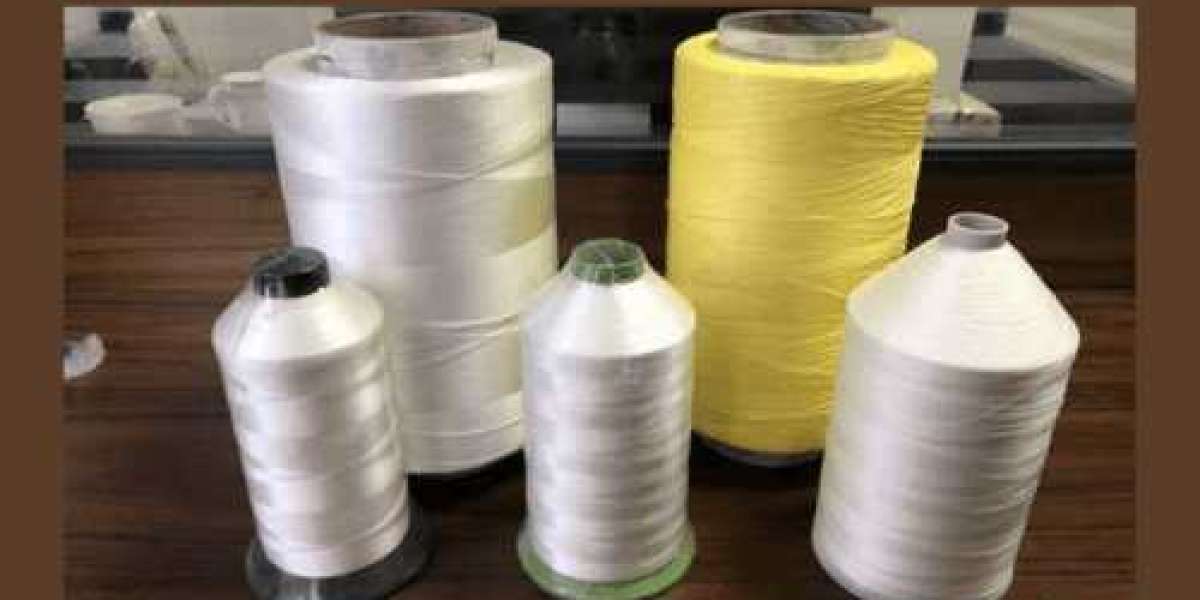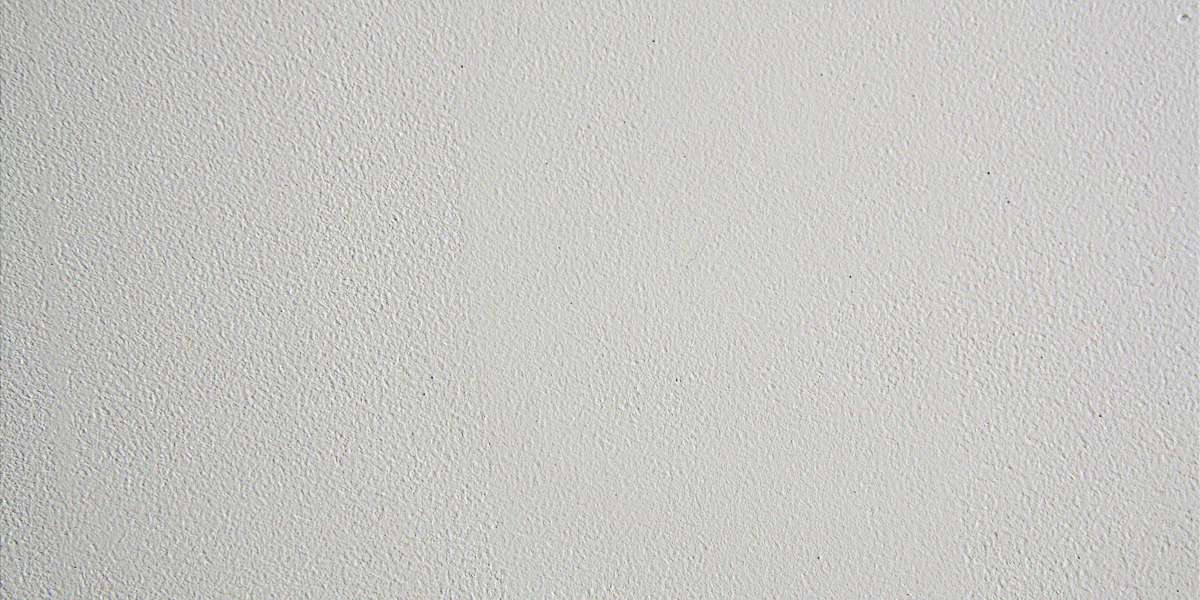PP fibrillated yarn, also known as polypropylene fibrillated yarn, is a rising star in the textile industry. This innovative material boasts a unique combination of strength, versatility, and cost-effectiveness, making it a compelling choice for a wide range of applications. This guide delves into the world of PP fibrillated yarn, exploring its properties, production process, benefits, and various uses in textile production.
Understanding PP Fibrillated Yarn
At its core, PP fibrillated yarn is a type of yarn made from polypropylene (PP), a synthetic fiber known for its light weight and durability. The magic lies in the "fibrillation" process. Here, a continuous strand of PP film is mechanically split into numerous fine microfibrils. These microfibrils are then bound together to form a yarn that retains the strength and functionality of the original film while offering a unique textural quality.
Key Properties of PP Fibrillated Yarn
- High Tenacity: PP fibrillated yarn boasts impressive tensile strength, making it resistant to tearing and breaking. This translates to long-lasting textiles that can withstand wear and tear.
- Lightweight: Polypropylene is one of the lightest synthetic fibers, and the fibrillation process further reduces weight. This makes PP fibrillated yarn ideal for applications where weight reduction is crucial.
- Durability: The yarn's inherent strength and resistance to abrasion, chemicals, and UV rays make it perfect for textiles that need to endure harsh environments.
- Water Resistance: PP fibrillated yarn is hydrophobic, meaning it repels water. This makes it ideal for applications where moisture management is essential.
- Cost-Effective: Compared to other synthetic fibers, PP is a relatively inexpensive material. Additionally, the efficient production process of PP fibrillated yarn contributes to its cost-competitiveness.
- Breathability: The unique structure of the yarn allows for air circulation, keeping textiles breathable and comfortable for wearers.
- Versatility: PP fibrillated yarn can be dyed in various colors and comes in different thicknesses, making it adaptable to a wide range of textile applications.
The Production Process of PP Fibrillated Yarn
The creation of PP fibrillated yarn involves several key steps:
- Polypropylene Resin Preparation: Raw polypropylene pellets are melted and extruded into a continuous film.
- Film Stretching and Orientation: The film is stretched in both machine and transverse directions to enhance its strength and improve fiber alignment.
- Fibrillation: The stretched film is then subjected to a mechanical process that splits it longitudinally into fine microfibrils.
- Fibril Consolidation: The microfibrils are merged together using heat, air entanglement, or chemical bonding to form the final yarn.
- Yarn Texturing and Finishing: The yarn may undergo further texturing processes to achieve desired properties like bulkiness or softness. Finally, it is wound onto bobbins for further processing.
The Advantages of Using PP Fibrillated Yarn in Textiles
The unique properties of PP fibrillated yarn offer several advantages over traditional textile materials:
- Enhanced Strength and Durability: Textiles made with PP fibrillated yarn are stronger, more tear-resistant, and have a longer lifespan compared to their counterparts.
- Lightweight Construction: The lightweight nature of the yarn allows for the creation of comfortable and breathable textiles.
- Cost-Effectiveness: From raw material to production, PP fibrillated yarn offers a cost-competitive solution for textile manufacturers.
- Water and Chemical Resistance: The yarn's hydrophobic properties and resistance to chemicals make it suitable for applications exposed to moisture or harsh environments.
- Versatility: The wide range of colors, thicknesses, and textures available allows for customization and adaptation to various textile needs.
- Sustainability: PP is recyclable, making PP fibrillated yarn a more sustainable choice compared to some synthetic fibers.
PP Yarn Manufacturers in India
India is home to a robust industry of PP yarn manufacturers, known for producing high-quality polypropylene yarns that are widely used in various applications such as textiles, packaging, and industrial uses. These manufacturers leverage advanced technology and extensive expertise to create durable and versatile PP yarns, catering to both domestic and international markets. The competitive landscape of PP yarn manufacturers in India is marked by a commitment to innovation, sustainability, and adherence to global quality standards, ensuring their products meet the diverse needs of their clientele.
Leading PP Yarn Manufacturers in the Industry
PP yarn manufacturers play a crucial role in the textile industry, producing polypropylene yarns that are highly valued for their durability, versatility, and cost-effectiveness. These manufacturers utilize advanced technologies and innovative processes to create high-quality PP yarns suitable for various applications, including upholstery, carpets, and geotextiles. By prioritizing quality and efficiency, PP yarn manufacturers contribute significantly to the production of strong and lightweight textiles, meeting the demands of diverse markets globally.
Applications of PP Fibrillated Yarn in Textiles
The versatility of PP fibrillated yarn has led to its adoption in a diverse range of textile applications, including:
- Woven and Non-woven Fabrics: PP fibrillated yarn can be used to create strong and lightweight fabrics for apparel, upholstery, and industrial applications.
- Geotextiles: The yarn's strength and durability make it ideal for geotextiles used in soil reinforcement, filtration, and erosion control.
- Carpets and Rugs: PP fibrillated yarn offers a comfortable, stain-resistant, and long-lasting option for carpets and rugs.
- Strapping and Webbing: The high tensile strength of the yarn makes it suitable for creating straps, webbings, and lifting slings.
Conclusion
PP fibrillated yarn is a revolutionary textile material with immense potential. Its unique combination of strength, lightweight nature, and cost-effectiveness makes it a compelling choice for various applications. As the technology matures and production processes become even more efficient, we can expect PP fibrillated yarn to play an increasingly significant role in the future of textile production.
FAQs(Frequently Asked Questions)
Q1. Is PP fibrillated yarn safe for use in textiles that come in contact with skin?
A1. Yes, PP is a safe and non-toxic material commonly used in clothing and medical textiles.
Q2. How does PP fibrillated yarn compare to other synthetic fibers like polyester?
A2. PP fibrillated yarn is generally lighter, more water-resistant, and has slightly lower melting point compared to polyester. Both offer good strength and durability.
Q3. Is PP fibrillated yarn recyclable?
A3. Yes, PP is a recyclable plastic. However, the recyclability of the final textile product depends on any blends or finishes used.












